Which one should one use to hide microcommits?
Is the only difference between git merge --squash and git merge --no-ff --no-commit the denial of the other parents?
Which one should one use to hide microcommits?
Is the only difference between git merge --squash and git merge --no-ff --no-commit the denial of the other parents?
These options exists for separate purposes. Your repository ends up differently.
Let's suppose that your repository is like this after you are done developing on the topic branch:

--squashIf you checkout master and then git merge --squash topic; git commit -m topic, you get this:

--no-ff --no-commitInstead, if you do git merge --no-ff --no-commit; git commit -m topic, you get this:

If you really want to hide (I mean delete from your repository) your micro-commits, use --squash. Because, as you can see in the above images, you are not really hiding your micro-commits if you do not squash. Moreover, you do not usually push your topic branches to the world. Topic branches are for topic to get mature.
If you want your history to have all your micro-commits, but leave them in another line of development (the green line in the above images), use --no-ff --no-commit. But please remember that a) this is not a branch, and b) does not really mean anything in Git because it is just another parent of your commit.
Please refer to Git Branching - What a Branch Is if you really want to understand.